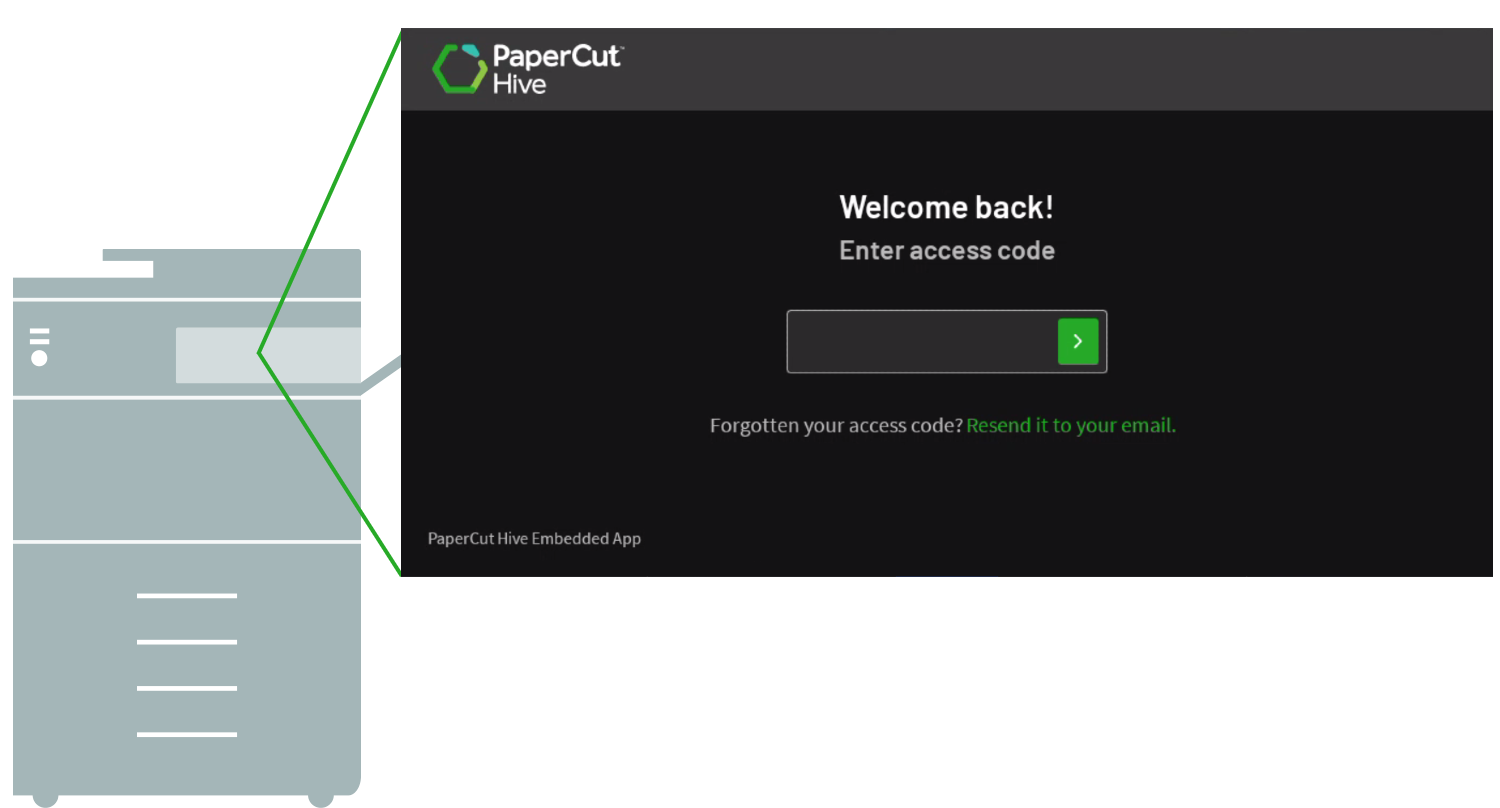Before you dive straight into configuring your system, you may want to get a feel for where to focus your efforts, and what specific features you might want to implement.
Narrow your printer discovery scope
As you kick your configuration off, your first administrator will need to install the edge node service to query the network for printers. By default, we’ll search far and wide for every printer we can find so that it’s as easy for you as possible.
However, we offer an option to narrow down where the Edge Mesh is searching for your printers. If you already know where your printers are, you can save a little bit of time and reduce the chance of pulling in printers that you don’t care about by limiting the search scope. You can specify addresses for us to check, or you can provide an IP range that you want the Edge Mesh to stay within.
Decide how to invite your users
When you decide you’re ready to onboard your users, you can go about things one user at a time to get off to an easy start with a slow rollout - or you can add a few people at a time to get things rolling quickly. If you’re feeling particularly efficient, you can use an add-on to import from your Microsoft Entra ID (Azure AD) directory or Google Workspace (with more coming soon).
We have a page about managing your users here!
Outline your clients/computers
Before you invite your users, it’s useful for you to outline the types of users that you have. Computers in any environment will generally fall into one of the following categories.
Remote and mobile clients

These users are going to be in and out of the office frequently - they frequently need to print to the office from home or a coffee shop. Since they won’t have contact with the printers in the office very consistently, these devices will be less useful as edge nodes. These users will probably either not have the ability to communicate with printers directly, or even if they can, you’d be replicating a job out to a remote location for little to no benefit.
“Regular” users

Permanent workstations and servers

Additional resources for edge node management
Decide how to print
“Queue? IPP? Both? What do I choose?!” - Well it’s going to depend! Now that we’ve planned which of our users will have passive, active, and super nodes, let’s start thinking about how the jobs should actually make it to the printer. Papercut Pocket and PaperCut Hive will first determine this information during our discovery process, but we’re always looking for changes (so if you’ve already discovered your printers, don’t worry 😉).
IPP printing only
This is a great option if you have a fleet of devices that all support driverless AirPrint printing (IPP Everywhere). Most modern printers will try to adhere to this standard. This option is super useful for “set and forget” printing - as long as your printers support the standards of IPP that we need, you won’t have to touch a configuration for this to work.
Queue printing only
Queues are going to be useful for any printers that fall between the cracks with the IPP configuration - maybe you’ve got some old printers that don’t support IPP at all, maybe you’ve got some printers that support IPP, but don’t adhere to the driverless printing standard, or maybe you just like printer queues. For this configuration, all you need to do is install the queue with the driver on a handful of the edge nodes in your Edge Mesh. This allows for the edge node service to use the OS’s native queues to submit the job to the printer. Queue configurations go super well with super nodes (ha).
Hybrid IPP/Queue Printing
If both submission options are valid, why not use both? Having both IPP and queue printing available for your printers can help strengthen the Edge Mesh to make sure that you’ll have the highest likelihood of delivery possible. If you decide that you want both options available in your network, you can choose to prioritize one delivery method over the other. For more information on how to configure this, check out our configuring delivery methods section in our manage your printer page .
Pick your release methods
Release options at the printer/MFD
Available on PaperCut Pocket and PaperCut Hive

QR Code scanning
If you want, you can instruct PaperCut Pocket or Hive to produce a label that can be applied to your printers that has a device-specific QR code on it for quick release from any mobile device with the Mobile App installed. The user can either scan this through the PaperCut Pocket/Hive app directly, or through their QR scanner of choice. QR codes are a great way to enable self-registration for your users too!
NFC scanning
NFC has been added to just about every mobile device in the last decade. In case your organization is living in the future and already has an implemented NFC tag system for your printers - or if you’re looking to make the leap now - you can associate the tag values with the printers so that users can simply use their phones to scan the tags and release their jobs.
Printer code
Sometimes you just wanna go about things the old fashioned way. maybe your mobile devices don’t have NFC and photography just isn’t quite how you want to express yourself. For you, we have the printer code - unique to each device and enterable on every Mobile App. Stay vigilant, though, the clever user can save this code to release from anywhere!
Implementing your choices
Once you’ve decided which release methods you want to use, you can select which to enable for your users in their mobile app through the “Secure Printing tab. From there, just print out the label and customize it to show the options that you want!
See our 'Features in Detail - Secure Printing' article for more information
Release anywhere
Available on PaperCut Pocket and PaperCut Hive
Mobile Release
The entire release process can be completed through the Mobile App if you want it to. The user selects the job that they want to release, follow by the printer that they want to release it to, and they’ll be on their way. Keep “List” enabled as a release method if this is an option you want for your users.
Release options for PaperCut Hive only

PaperCut Hive enables you to install embedded applications on your multifunction devices that support it. This means that you don’t have to worry about getting the apps installed on your user’s mobiles to get printing working, you can just install the app and let your users interact with the printers instead.
Lite release
Lite Release is a great option if you just want to allow your users to release their jobs to the devices without needing to interact with their Mobile Device (or if your users are unable to use a Mobile Device at all). The lite release is also good if your Multifunction Device doesn’t yet have the full embedded application yet, or if you don’t want to bother tracking copy or scan jobs.
Full Embedded App release
The full embedded application will provide all the same functionality as the lite release, but will also include the ability to track and control copy, scan, and fax jobs. The full embedded app also supports the use of badge or card ID readers that are plugged into the device directly to ease the sign in workflow for your users.
For help deciding, see the manual page for printer apps here!
Conclusion
Now that you’ve worked through the computers you’ll be installing on and the ways you can strengthen the Edge Mesh to meet your needs, and the methods that your users can employ to release their jobs, you should have a good idea of all the moving parts within your new PaperCut Pocket or PaperCut Hive installation!
Take a look at the other sections in the PaperCut Pocket and PaperCut Hive help center to explore the features covered in this article at depth.
Got questions? We’d love to hear from you! Check in with our Support team for help getting your system up and running through PaperCut Support .




Comments